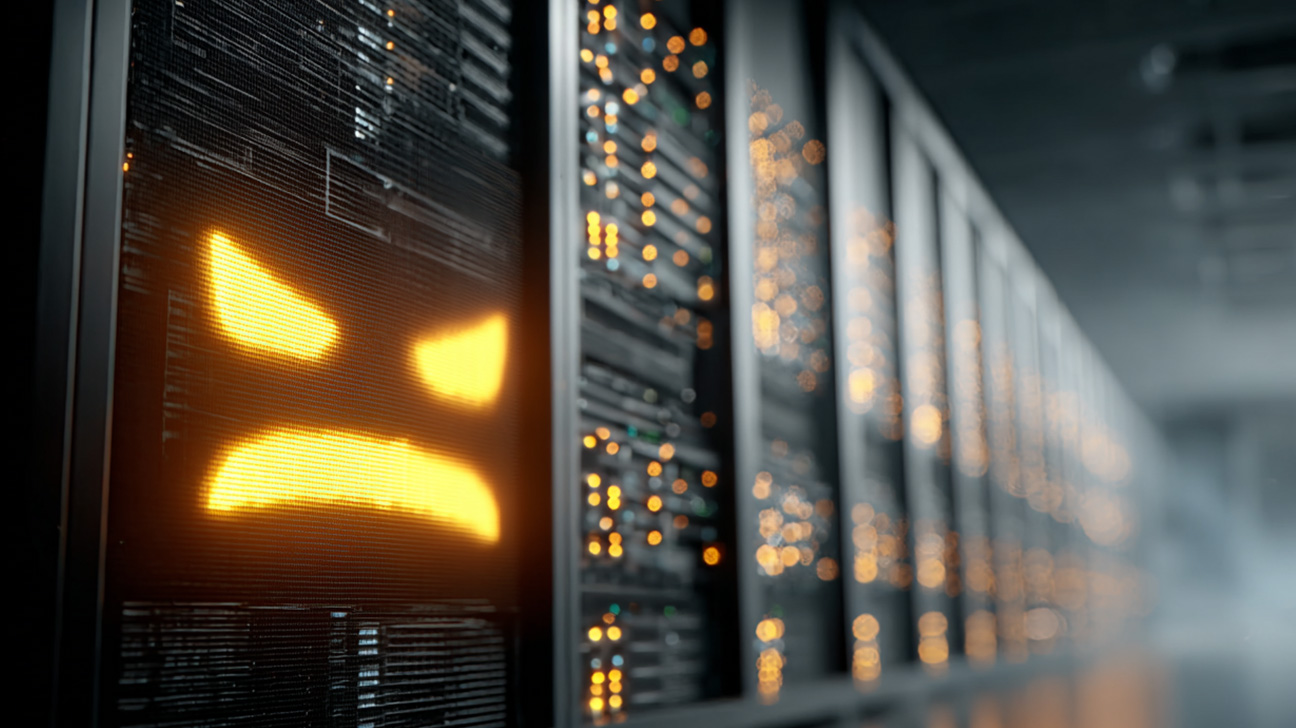InfoGuard AG (Headquarter)
Lindenstrasse 10
6340 Baar
Switzerland
InfoGuard AG
Stauffacherstrasse 141
3014 Bern
Switzerland
InfoGuard Com-Sys GmbH
Frankfurter Straße 233
63263 Neu-Isenburg
Germany
InfoGuard Deutschland GmbH
Landsberger Straße 302
80687 Munich
Germany
InfoGuard Com-Sys GmbH
Am Gierath 20A
40885 Ratingen
Germany
InfoGuard GmbH
Kohlmarkt 8-10
1010 Vienna
Austria
Threat Analysis: recognizing Vulnerabilities, correctly assessing Risks

Vulnerabilities are part of everyday life in every IT environment, whether as a result of technical innovations, unclear processes or human misinterpretation. However, not every vulnerability automatically represents a threat. The decisive factor in a risk assessment is whether it can be exploited as an entry point and thus serve as a potential attack vector.
This is precisely where threat analysis comes in: It separates non-critical from high-risk vulnerabilities and makes visible which ones can actually become a risk.
Risk calculation: When does a vulnerability become a security gap?
The risk of a security vulnerability arises when an exploitable vulnerability meets a real threat - in other words, when an attack scenario with serious consequences becomes apparent during a threat analysis.
The classic formula for calculating risk is
Risk = probability of occurrence x impact
"Where vulnerability and threat meet, risk arises.
Threat analysis makes this connection visible and creates the basis for targeted protective measures."
- The probability of occurrence results from the interaction of threat and exploitability (vulnerability).
- The scope depends on the affected component, data or processes. The term "level of damage" is often used instead of "scope".
Only when both factors of the probability of occurrence (vulnerability and threat) are relevant does an actual incident/threat risk result. On this basis, a threat analysis can identify relevant risks and derive measures.
How does a threat analysis help to assess risks correctly?
A threat analysis identifies relevant risks and derives suitable countermeasures to ensure security and integrity in the long term. The threat analysis thus creates a holistic view of the potential threat.
Threat analysis evaluates vulnerabilities in context:
- Who could exploit them?
- How realistic is this scenario?
- What would be the impact on my company, on customers, on suppliers?
As a systematic process for identifying, evaluating and prioritizing specific, potential threats, a threat analysis provides the basis for targeted and effective security measures. It is particularly relevant for technical systems such as medical devices, laboratory analysis systems, quality testing devices or industrial control units and much more.
This structured approach leads to an efficient allocation of resources, as security measures are deployed in a targeted manner where they provide the greatest benefit. At the same time, a thorough threat analysis helps to ensure compliance with legal and regulatory requirements and to guarantee the required level of security.
The 7 steps of a threat analysis at InfoGuard
There are various threat modeling methods for conducting a threat analysis. Our experts use the strengths of the individual methods to create a holistic approach.
How do we do this?
- Determine scope, define system boundaries
Understanding the context (e.g. GDPR, ISO 27001), business objectives, compliance requirements and the critical assets, components, data flows, interfaces and trust boundaries. - Information gathering
Interviews, technical documentation and process descriptions provide a complete picture of the system under consideration - including operation, data flows and interfaces. - Analyze modeling and architecture
Documentcomponents, data flows, interfaces and trust boundaries (e.g. with data flow diagrams). Process diagrams to visually capture the system logic. - Threat analysis
The potential threats are systematically discussed and existing findings from various sources are included. - Risk assessment
A risk assessment is carried out for all vulnerabilities with a threat scenario in collaboration with the respective risk owner, adapted to the respective scope and company environment. - Derive measures
Specific measures are recommended for the risks in order to mitigate or reduce them. - Documentation & review
The results are recorded in a comprehensible manner and prepared in a customer-oriented manner (e.g. management and technology).
The risks require regular review in an iterative process, as both the infrastructure and the threat landscape are constantly changing. Close cooperation in risk analysis is a key success factor here. Your perspective is also essential for assessing the impact.
From cloud to SCADA: How threat modeling reveals industry-specific risks.
Outsourcing an IT system to the cloud
A company wants to outsource its ERP system, which was previously operated locally, to a public cloud infrastructure in order to reduce operating costs and enable more flexible scaling.
- Possible threats: Unauthorized access due to compromised access data, data loss in the event of cloud provider failure, insecure API interfaces, legal risks due to data being stored abroad.
- Benefits of threat analysis: Identification of security gaps, definition of necessary access controls, encryption concepts and contingency plans to ensure availability and data protection.
Changing production lines: thinking about security from the outset
An automotive supplier introduces a new, highly automated production line. The systems are connected via an internal production network with a central control system.
- Possible threats: Manipulation of control software, sabotage through unauthorized access, failure of critical sensors, malware infiltration via maintenance laptops.
- Benefits of threat analysis: Detecting potential vulnerabilities in control systems, securing network interfaces, implementing access restrictions and monitoring to prevent production downtime and quality problems.
Cyber risks in the healthcare sector: how threat analysis secures medical devices
A hospital operates networked medical devices such as infusion pumps, ventilators and imaging systems that are directly connected to patient care.
- Possible threats: Tampering with device settings (digital or physical), denial of service attacks on vital systems, malware via external service laptops, unencrypted patient communications, physical damage or sabotage of devices.
- Benefits of threat analysis: Ensure patient safety by identifying and securing critical attack vectors, defining access restrictions, network segmentation, physical security and monitoring systems.
SCADA security for energy suppliers to prevent power grids from becoming a target
A regional energy supplier controls its power grid via SCADA systems, which are increasingly networked with company networks and external service providers.
- Possible threats: Remote access through compromised VPN connections, targeted malware such as Stuxnet-like attacks, network control failure through DDoS, sabotage of critical control components.
- Benefits of threat analysis: Identification of critical interfaces, hardening of remote access, implementation of anomaly detection systems and redundancy concepts to prevent supply failures.
How threat analyses pave the way to a smart security strategy
Threat analyses enable the development of an intelligent security strategy. Not all vulnerabilities deserve immediate attention - but the critical ones do.
A well-founded threat analysis uncovers precisely these. The decisive advantage:
- Clarity in risk assessment
- Targeted investment in security measures
- Protection against unnecessary costs or loss of image
- Prioritization of resources
- Transparency of risks in the company
Our experience shows that companies that systematically assess their holistic risks based on threat analyses are more resilient - and capable of acting in an emergency.
Your next step? Act proactively instead of reactively
Contact us if you want to know which of your vulnerabilities are really dangerous - and which are not.
Together we can prioritize your security measures - before attackers do it for you.
Image caption: Image generated with AI
Blog

VM-based Evasion: How to recognize Attacks despite XDR Blind Spots

IEC 62443 meets Zero Trust: How Cyber Resilience is created in OT Systems


